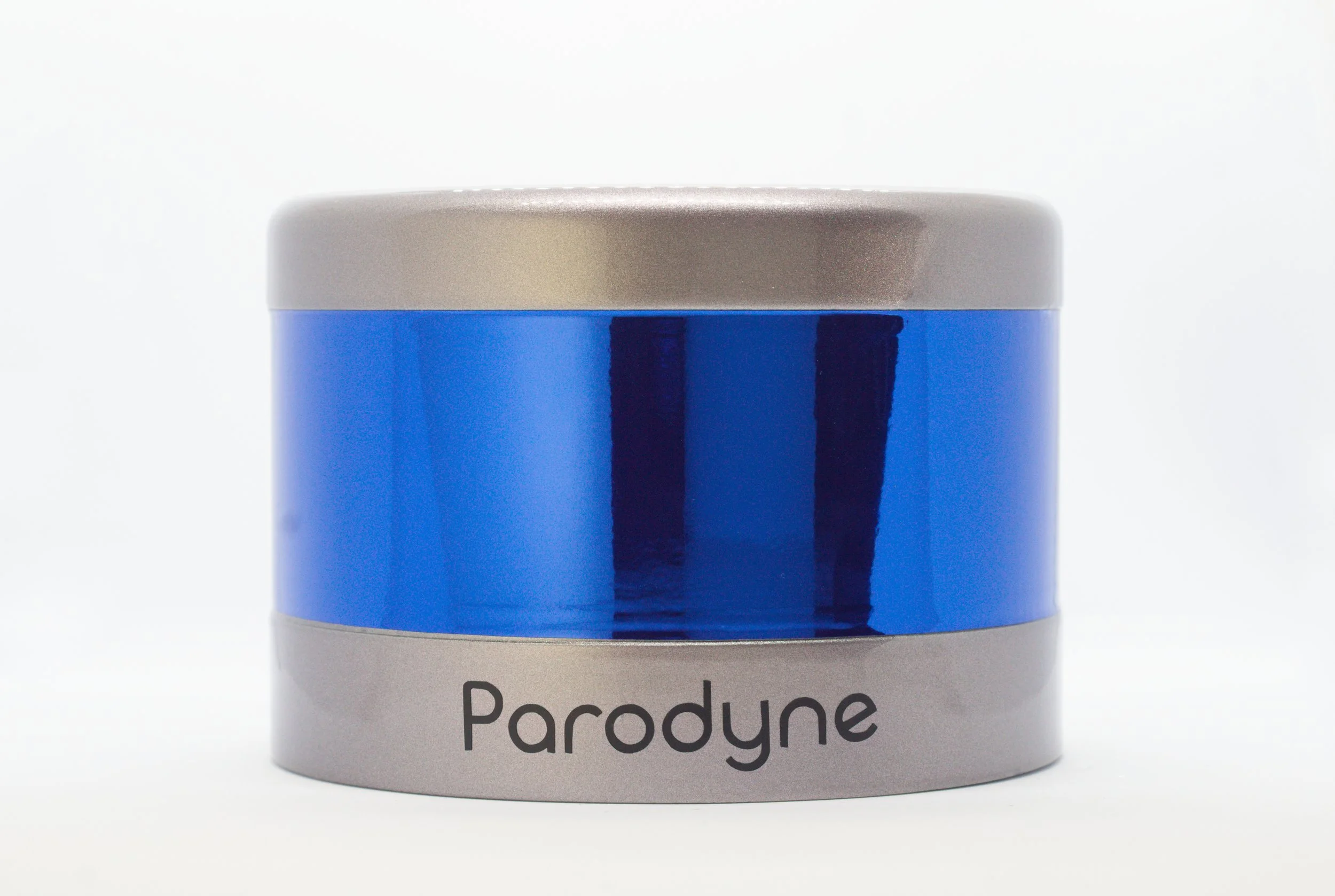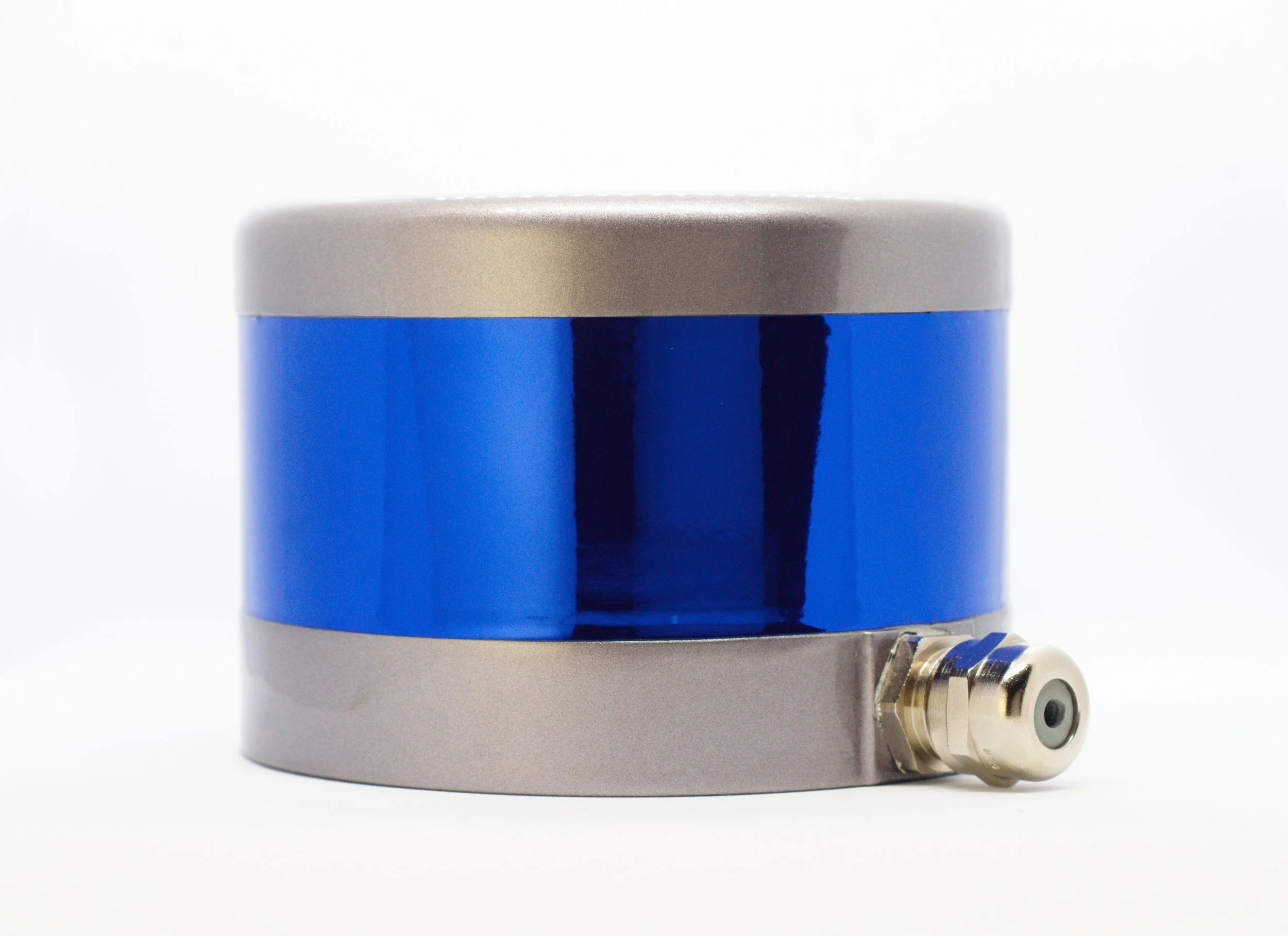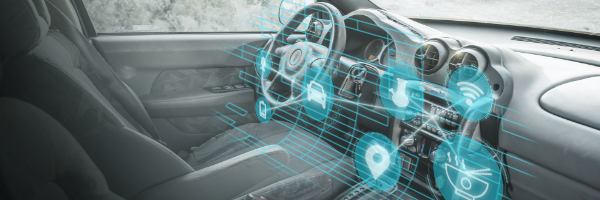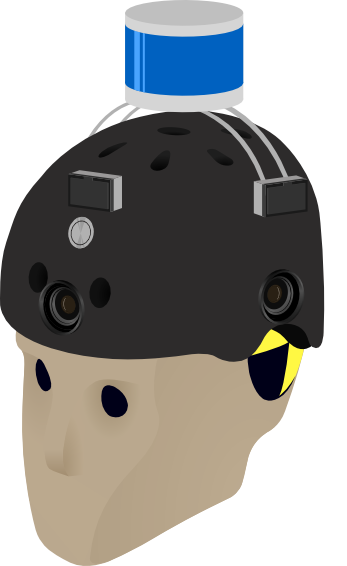The jester of self-driving
Parodyne is an ongoing project of mine meant to provide commentary on the state of the self-driving car industry, harkening back to the earlier days when there was a much thicker veil cast over the technology and we weren’t allowed to talk much about what we were doing. The goal of the project inspired the name - a parody of Velodyne, a pioneer in LiDAR sensor technology. It incorporates several of my favorite disciplines; graphic design, satire writing, model making, and being nihilistic towards my main source of income.
The project consists of a website, two physical full-scale NFS-420s, an instruction manual for the NFS-420, a mascot (Cal), profiles of the fictional companies in the Parodyne universe, and a fake history of the self-driving car through the decades. Leonardo Da Vinci, MK Ultra, New Coke, Trump Steaks, it’s got it all. And you wouldn’t believe it, but it’s all satire.
Parodyne is a caricature of a self-driving car company, stuck in the early-ish days (think 2017) of the industry. It is a failing company troubled by lack of funding, poor business practices, and still not offering a single functional product. As far as anyone can tell, the only person doing any sort of meaningful work at the company these days is the CTO, who also manages the company's Twitter account. (They've been on the search for a CEO since the company's inception). There is evidence that Parodyne also employed a recruiter for a few months in 2022, however it is likely she was paid under the table in cash, as the company has never listed her in any of their tax filings, and she doesn’t mention the job on her LinkedIn profile. The few engineers at Parodyne left the company under dubious circumstances after the PR manager, Dan, revealed that Parodyne sensors aren't actually functional while on a cocain and heroin-induced bender. Dan is now eight months sober.
Physical
Believability is a big part of the kitsch of Parodyne. For the brand to be even somewhat believable, real physical models needed to be made. This was also my first proper attempt at product photography.
The non-functional sensor pictured here was 3D printed in Onyx with a Markforged printer and painted with automotive paint. The lens is metallic vinyl wrap.
Two Parodyne replica lidars are currently fitted to Oxbotica’s first autonomous vehicle, Genie, in their corporate headquarters in Oxford, England.
Graphics
This portion of the project actually stemmed from me getting frustrated that I couldn’t find any seller on Etsy that would cut the exact Parodyne black vinyl decals for my fake lidars. This prompted me to go and buy a Cricut machine. It still comes in handy more than you would think.
The graphic design really kicked off when I decided that I should make a website for Parodyne. I made all of the graphics on the website, with the exception of a few of the graphics used in the History of the Fake Self-Driving car page. Those with a small “AI” in the corner were AI-generated.
Cal, the company’s crash test dummy mascot, is depicted wearing the helmet I had made which initially before all of this Parodyne stuff. The helmet was equipped a fake lidar sensor made from a hair product container, 3D printed radars, and cheap small camera lenses from Ali-express.
Inspiration for this project includes things like This Is Spinal Tap, David Rees and his book How To Sharpen Pencils, David Sedaris, The Onion, the @thelastblockbuster twitter account, and my actual LinkedIn newsfeed.




